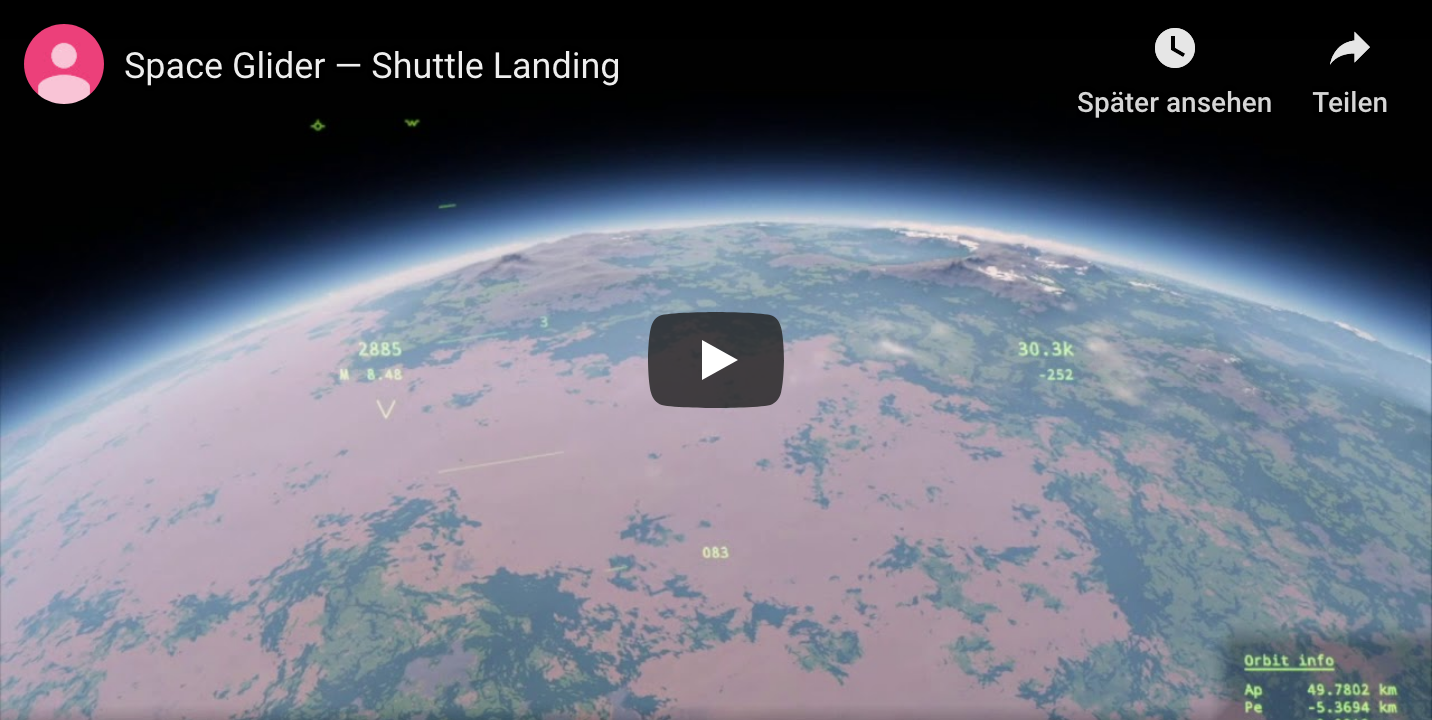This post is the first in a series to follow-up on my 2012 GPU Pro 3 article about atmospheric scattering [11]. What I showed there was a full single-scattering solution for a planetary atmosphere running in a pixel shader, dynamic and in real time, without pre-computation or simplifying assumptions. The key to this achievement was a novel and efficient way to evaluate the Chapman function [2], hence the title. In the time since then I have improved on the algorithm and extended it to include aspects of multiple scattering. The latter causes horizontal diffusion (twilight situations) and vertical diffusion (deep atmospheres), and neither can be ignored for a general atmosphere renderer in a space game, for example.
I have written a Shadertoy that reflects the current state of affairs. It’s a mini flight simulator that also features clouds, and other rendering goodies. A WebGL 2 capable browser is needed to run it. Under Windows, the ANGLE/Direct 3D translator may take a long time to compile it (up to a minute is nothing unusual, but it runs fast afterwards). When successfully compiled it should look like this:
 Weiterlesen
Weiterlesen